Various projects I embraced
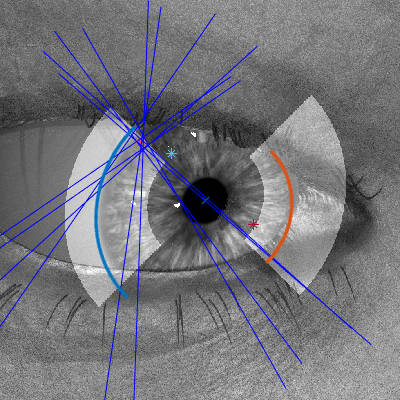
3D Eye Pose Estimation Algorithm
A fast and robust method for 3D eye pose tracking that leverages the anatomical constancy of the human iris. Traditional pupil-based methods suffer from limitations due to pupil size variability, decentering, and the need for complex corrections for refraction through the corneal bulge. In contrast, the iris, with its fixed size and direct visibility, serves as a more reliable feature for precise eye pose estimation.
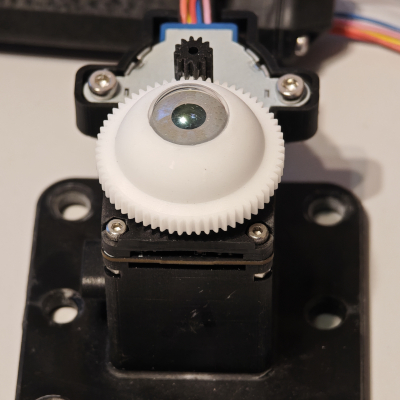
Eye Simulator
The Human Eye Simulator is designed to be recognized as a real human eye by eye-tracking systems of near-eye displays. Not only does it “looks like” an eye, but it also allows us to “see” like an eye, with a camera system sitting behind the eye pupil.
Dozens of units of the Eye Simulator are actively used in laboratories of industry-leading XR companies.
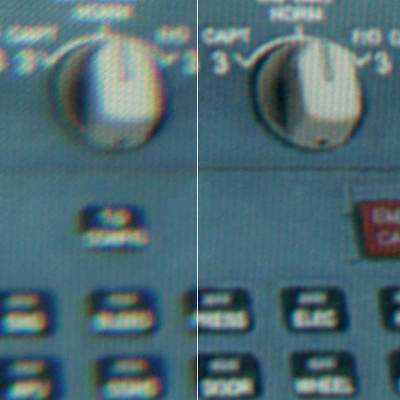
Digital Lens Algorithm
It's nearly impossible to design an optical system clear enough to transfer a human-eye resolution image within the size and weight constraints of a head-worn device. Moreover, the optics performance falls way behind its design specs when the eye moves off the optical axis or out of the "sweet spot".
The pure software solution for dynamic optical aberrations correction boosts image clarity beyond the limit of near-eye display optical hardware.
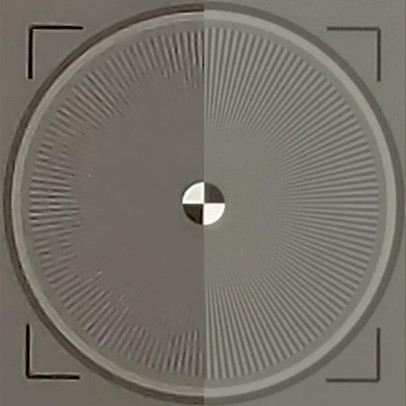
Super Resolution
Invented a method for multi-shot image super resolution. Fast (can process live camera capture on a smartphone) and high quality. It was my main project for years as Almalence CTO, leading a team of talented engineers. Almalence Super Resolution is licensed and integrated into 100'th of millions of devices from top-tier smartphone manufacturers.
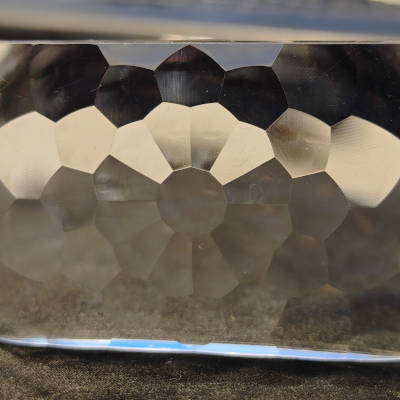
Foldable / Segmented Optics
Designed optical system for the camera such that relative displacement of elements does not degrade image quality (extreme tolerance to element shift/tilt). This tolerance allows the use of a mechanically folding housing, which in the folded state positions elements next to each other, folding into a very thin form factor. The system is designed with a minimal number of optical elements (only 3), and high resolution (25 Mpix), which was achieved by separating the system into two main parts:
- Frontal part (2 elements): provides focusing, but has residual aberrations.
- Segmented optical element near the sensor (free-form lenslet array): Corrects for the residual aberrations.
- The segmented image is stitched in software into a single frame.

Low Bitrate Audio codecs
Invented a low bitrate audio codec QDesign Music Codec. Was commerciallized and is part of Apple QuickTime®.
Developed another low bitrate audio codec: DTS Express®, which became part of the standard for Blu-ray discs.
